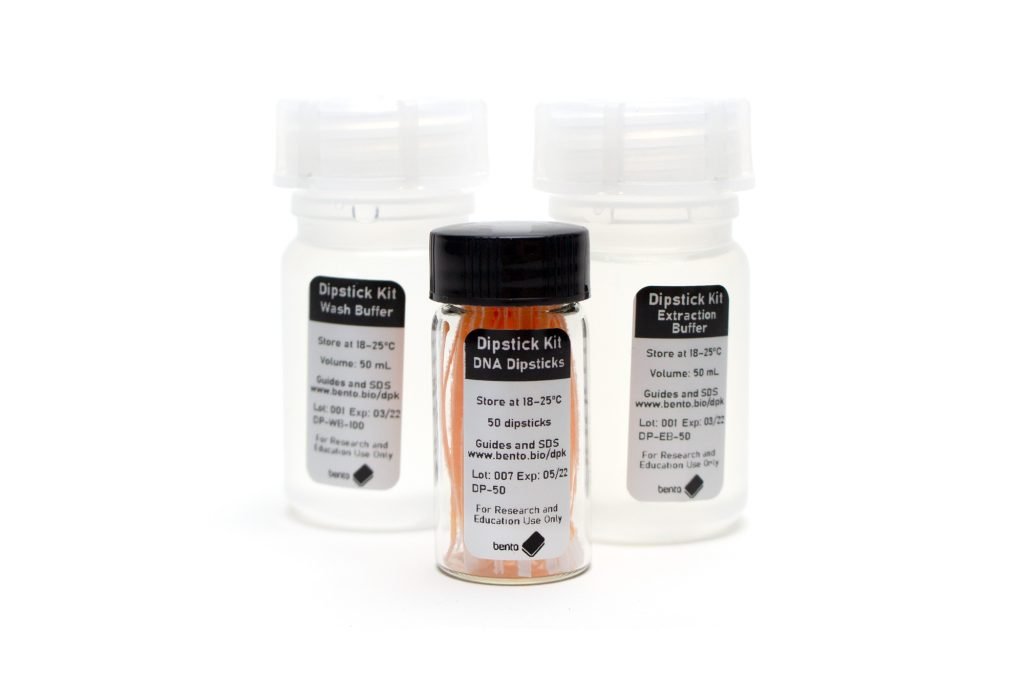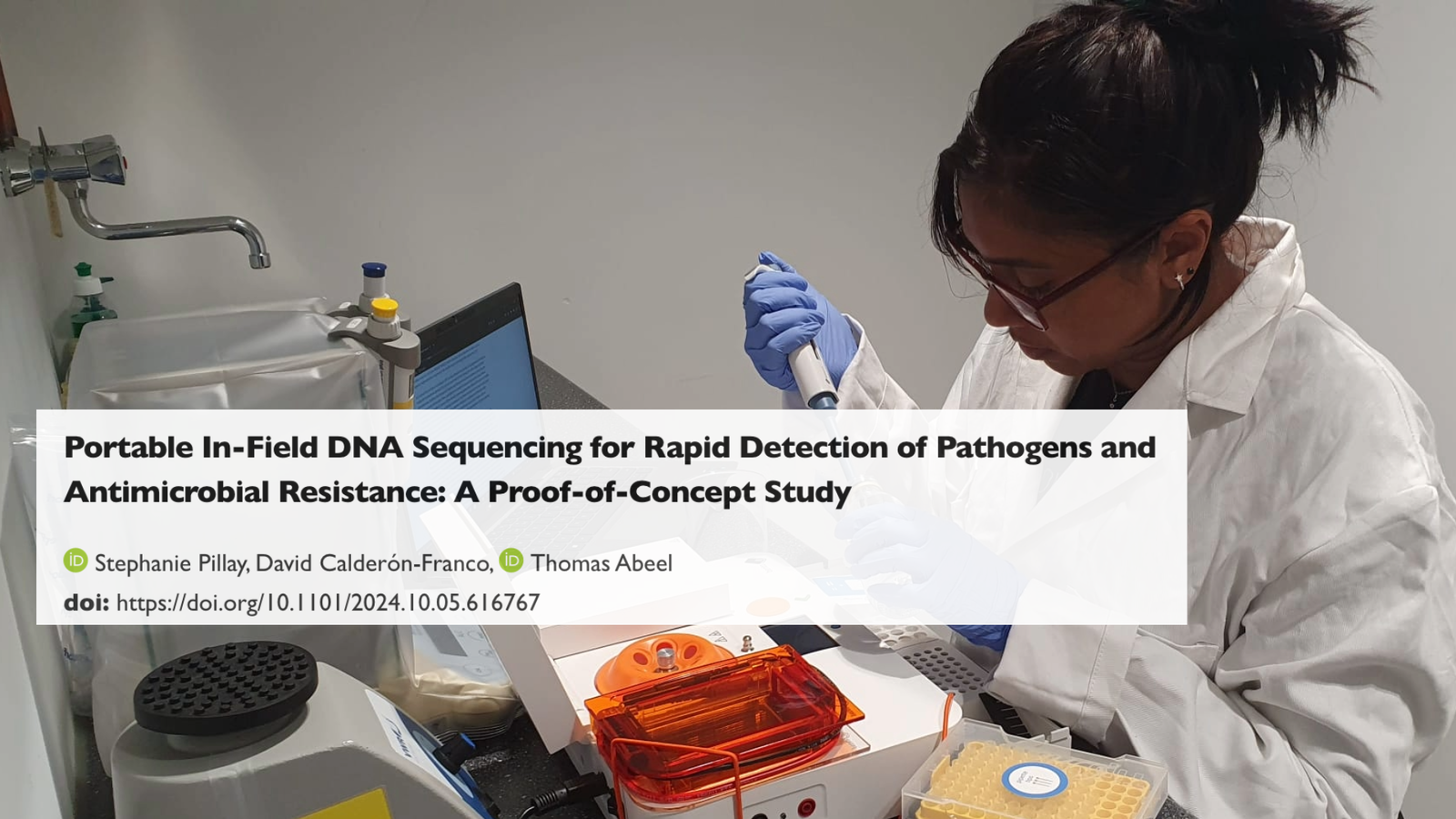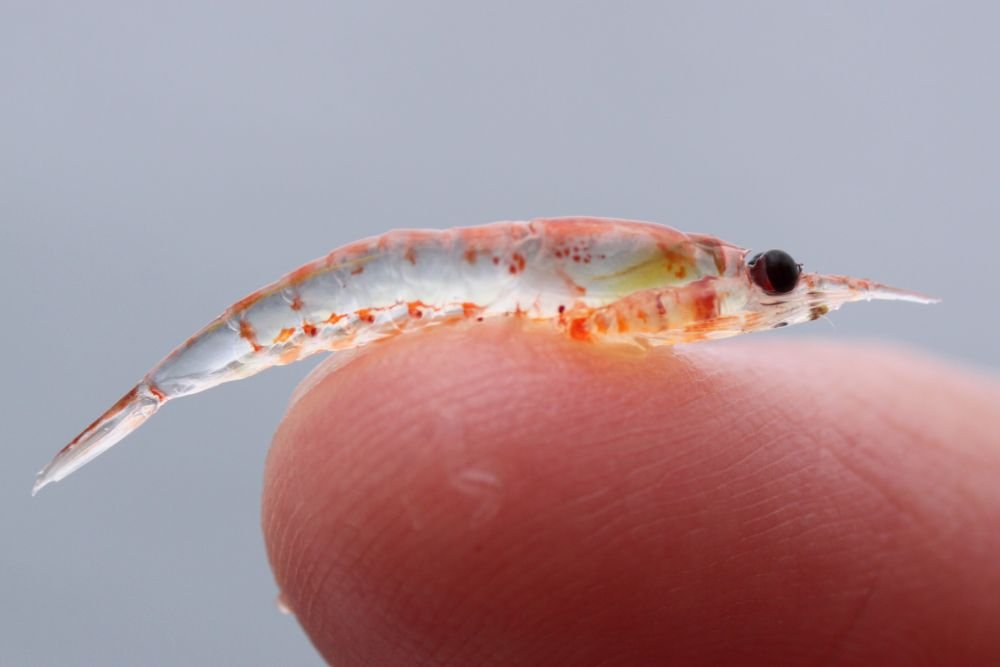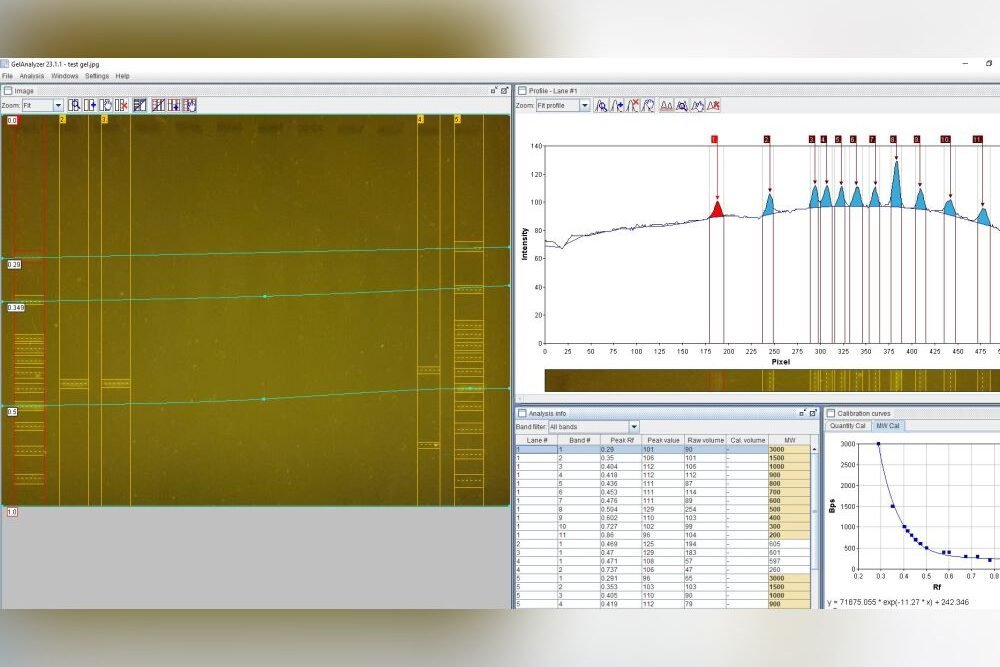Hey PCR enthusiasts!
Here are some recent highlights from Bento Lab.
Dipstick DNA Extraction Kits are back in stock
Our Dipstick DNA Extraction Kits have been out of stock for a while, but now they’re back!
For those unfamiliar with it, this kit uses the affinity of DNA for cellulose to extract DNA from samples, crudely clean it, and transfer it directly into PCR mix to act as a template for amplification. It contains filter paper dipsticks, an extraction buffer (a detergent/salt/buffer solution), and a wash buffer (pH buffered sterile distilled water).
The kit is suitable for DNA extraction of tissues from most kinds of organisms (plant, animal, fungal, bacterial), provided they can be manually ground, and it can extract both DNA and RNA. Importantly, it’s quick, easy, and safe to use. However, it’s not a complete DNA extraction method so it won’t be suitable for those wanting to capture all DNA present within a sample, or large quantities of high-quality unfragmented DNA.
The protocol and buffers were originally described by Zou et al. (2020), and you can order the kit from our store.

Interested in DNA methods and workflows? Subscribe for monthly insights.
Methods and Techniques
A guide to MinION DNA barcoding in the field
For anyone considering the possibilities of doing in-situ sequencing with Bento Lab and the portable Oxford Nanopore MinION DNA sequencer, we’d like to share this great literature review by Pomerantz et al. (2022).
The article contains a detailed description of all the steps needed from planning your fieldwork, through DNA extraction, to PCR, library preparation, to downstream analysis. It may be extremely useful for anyone considering this work for the first time, and a good checklist for those with more experience!
The article can be read here: Pomerantz et al. (2022). Rapid in situ identification of biological specimens via DNA amplicon sequencing using miniaturized laboratory equipment. Nature Protocols, 17(6), 1415-1443.
PCR and Education
A PCR assay for onion colour
We were recently asked for ideas for simple and educational PCR assays that could be tried after one had tried all of the assays in our Biotechnology 101 Kit.
One idea we found online was a detailed lab practical outline by Briju & Wyatt (2015), which describes an investigation into the genetic basis of why white onions are white, and why red onions are red. We particularly liked the fact that this practical leads a class though a PCR investigation of several enzymes in onion’s red pigmentation biosynthesis pathway to find out which enzyme is defective, rather than just focusing on one PCR assay.
Here’s the article: Briju & Wyatt (2015). Grocery store genetics: A PCR-based genetics lab that links genotype to phenotype. The American Biology Teacher, 77(3), 211-214.
A PCR assay for rice fragrance
A second idea was a PCR assay developed for rice breeding to determine which strains of rice are particularly fragrant. This experiment could be used to illustrate the genetic basis of consumer-relevant plant traits in a very hands-on way, and you could even test the rice by smell and taste as part of the experiment (outside of the lab of course!). The PCR assay, developed by Bradbury et al. (2005), uses four primers to amplify DNA from a gene encoding betaine aldehyde dehydrogenase 2 (BAD2). In fragrant rice an 8 bp deletion inactivates this gene, allowing the build-up of 2-Acetyl-1-pyrroline, a chemical responsible for the aroma of popcorn, fragrant rice, and fresh baked bread. The PCR assay amplifies a large (577 or 585 bp) amplicon from all rice varieties, while primers specific to the fragrant (deletion) or non-fragrant (no deletion) alleles co-amplify fragments of 257 bp and 355 bp respectively if the alleles are present.
You can find this article here: Bradbury et al. (2005). A perfect marker for fragrance genotyping in rice. Molecular Breeding, 16, 279-283.
If you’re interested in these PCR assays, or have others you are interested in for education or learning, please do get in touch!


